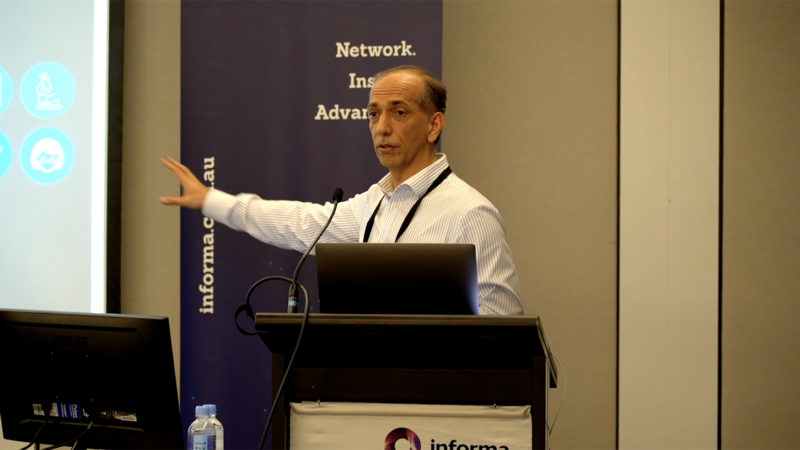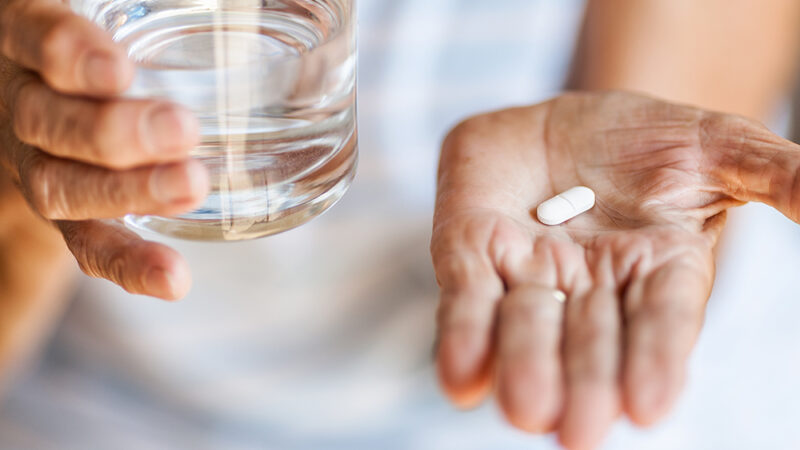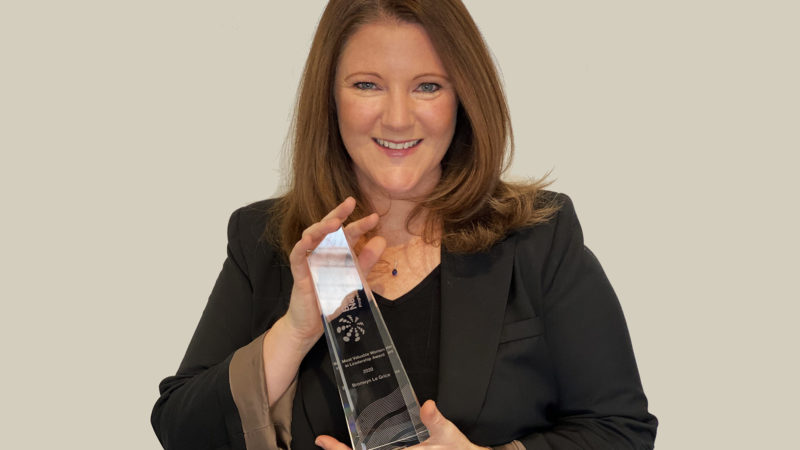Tasmanian medical research charity funds projects that have a global impact and improve community health and well-being.
- Tasmanian medical research charity funds projects that support community health and well-being, with clinicians and researchers working across the health system and university.
- Tasmanian medical research on childhood cataracts and gene variants can be easily studied and applied globally due to the small population and genetic diversity of the island state.
- The Royal Hobart Hospital Research Foundation funds medical research in various fields to support the Tasmanian community, in areas such as cardiothoracic, neurological conditions, and premature babies.
- Research supported by RHHRF has led to the development of innovative treatments for JackJumper ant bites, resulting in the establishment of a desensitisation clinic at the hospital and a significant reduction in deaths from anaphylactic shocks caused by these bites.
- Tasmanian medical research has had a global impact, with projects like the Hobart Method being implemented in neonatal clinics worldwide, and blood pressure testing research involving patients from Tasmania, China, Italy, and other countries.
Australian Health Journal spoke to Stephanie Furler the Chief Executive Officer of The Royal Hobart Hospital Research Foundation about the impact of this research locally and in global health.
You Might also like
-
Artificial Intelligence (AI) in clinical trials and clinical care
Australian Health Journal today continues a major episode release on Technology Aided Healthcare Delivery, with part 2 on Artificial Intelligence in trials and clinical care. Interviews were captured at AI, Machine Learning & Robotics in Health conference in October organised by Informa Australia.
-
The Case for Embedded Pharmacy in Residential Aged Care
Embedded pharmacy in residential aged care has been successful in South Australia at the Tanunda Lutheran Home in the Barossa Valley. Julian Soriano talks about his pharmacy role in medication management and medication safety to deliver the best clinical care for residents.
In this segment, Julian talks about the traditional pharmacy model serving residential aged care and the limitations of the imprest process for dispensing medication. Soon into the project he saw the collaboration required with GPs and onsite nurses in dispensing medication for residents in end-of-life or palliative care. Julian sees the imprest process unable to support end-of-life residents, even being able to check the availability of medication.
But what most may not be aware of, is his rapid growth since starting the business in 2013 having just been in health care a few years earlier. Being part of a 2nd generation health care family, Shawn learnt from his father on site and at trade show visits overseas. Prior to HPA, he spent 2 years working in fit-outs of operating theatres, neo-natal and general population ICU, throughout being more fascinated with what he saw. -
Most Valuable Women in Leadership 2020
ANDHealth Co-Founder and Managing Director Bronwyn Le Grice pioneered the unique non-profit industry-led model supporting Australian digital health companies navigate the commercialisation path to institutional investment and international market entry.



